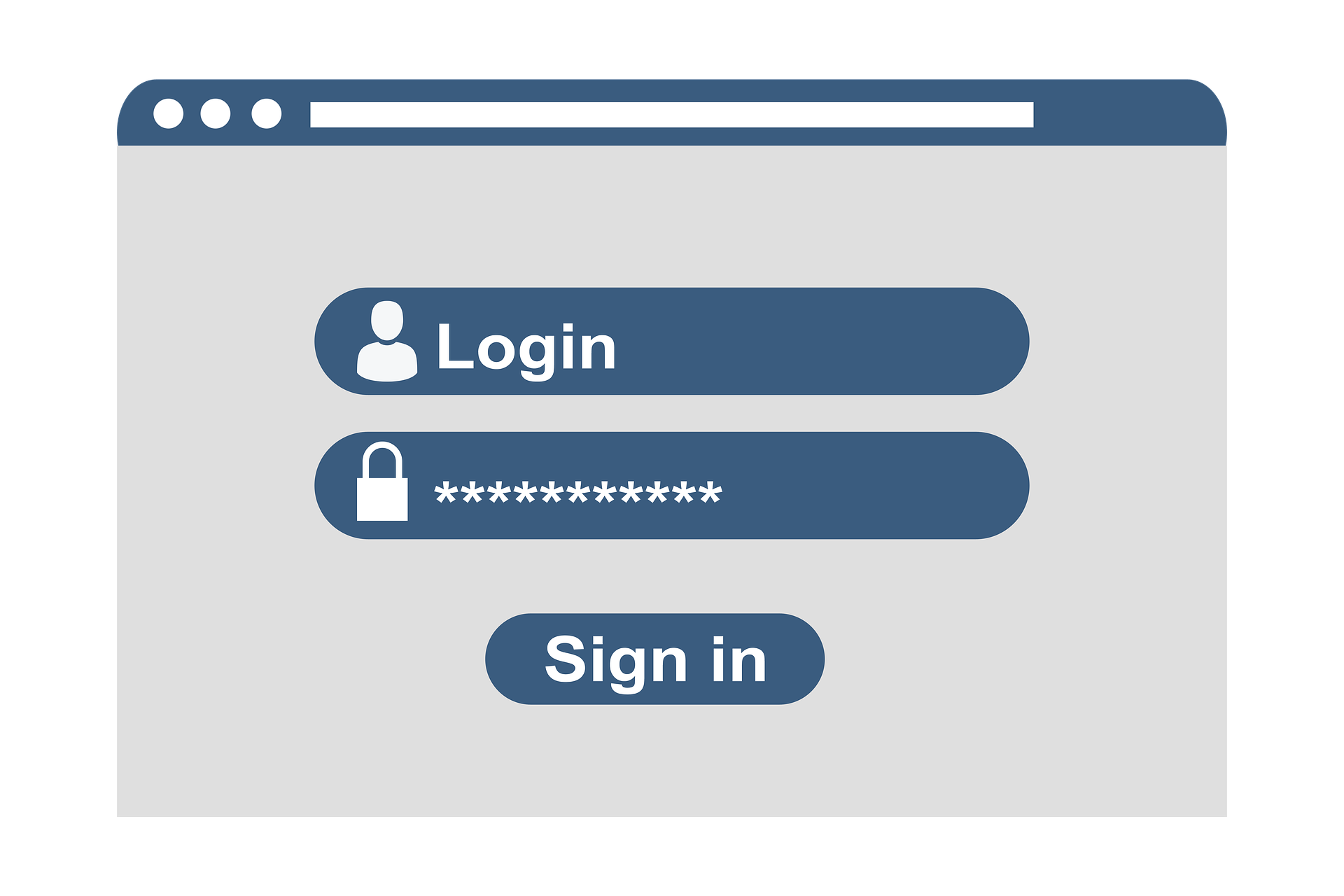For many small businesses struggling to survive in the wake of the COVID-19 pandemic, receiving a Paycheck Protection Program (PPP) loan was the only option to stay afloat.
Unfortunately, the $350 billion in aid set aside by the CARES Act has run out. While it is believed that Congress will approve a second round of appropriations to fund the Paycheck Protection Program throughout the pandemic, there is no guarantee that this will occur.
What will happen to those who applied for a loan but did not receive any funds before the money ran out?
Those who submitted a PPP application through their lenders still have a good chance of getting funded as financial institutions continue to process loan applications that were submitted. Many lenders have not gotten around to notifying borrowers that they have been approved and will be funded. Borrowers should contact their lenders to follow up with the process.
Furthermore, according to recent information provided to the American Immigration Lawyers Association (AILA) by SBA expert Chris Chan, small business owners should keep the following things in mind when considering their next steps:
- Businesses that applied up until a few days ago still have a real shot at hearing good news from their banks. Those that have already been approved by their bank should all get money within the 10 days required by law.
- If the loan has an SBA number attached to it, that means it made it through the initial phase of processing and will likely be part of the loan amount that’s been approved. It doesn’t mean the loan could not be denied for other reasons, but there is hope in this scenario.
- Other loans submitted under PPP may be declined, which would free up cash under the $349 billion for other loans in the queue to be processed.
- There is bipartisan support of adding an additional $250 to $300 billion to the program in CARES Act 2. Congress is hung up over other provisions and adaptations that they want in the program, but there was news coverage this weekend that indicated they are close to an agreement.
 Visa Lawyer Blog
Visa Lawyer Blog










